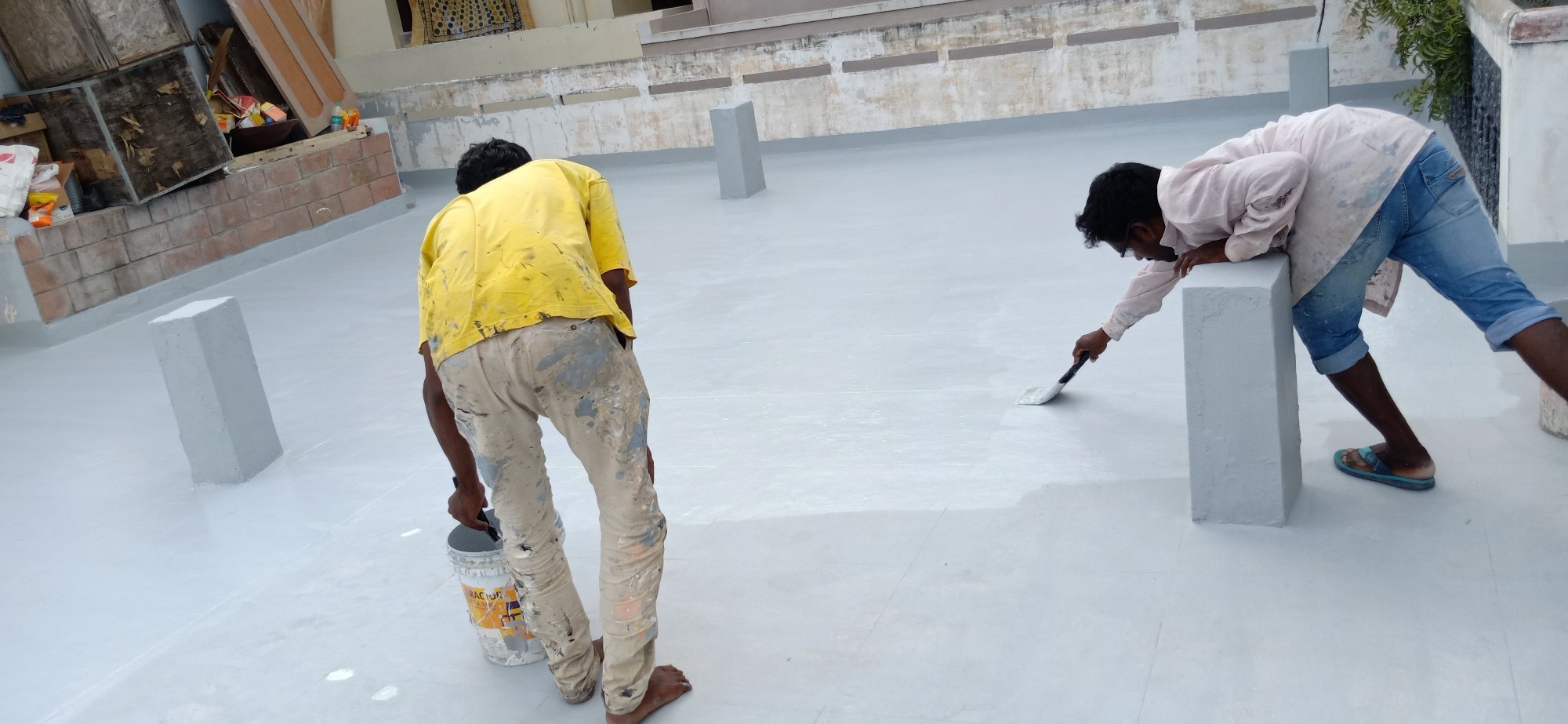Office
NO,46, 50ft Road, Rajeev Gandi Circle Laggere
Bengaluru , karnataka
India (560058)

On ships, tar or pitch waterproofing was the most common method used. Wooden boats were made water-resistant by putting tar in the hull of the boat. The pitch or tar sealed the wooden boards of the ship together, keeping water out and allowing the boat to float. Sailors also utilized oil on their sails in another form of waterproofing. This trick started back in the sixteenth century, when sails were greased with oil to help the fabric withstand the harsh sea environment and better survive the battering rains that come during an intense storm. By the end of the nineteenth century, the use of wax also began to surge in popularity as a waterproofing method. The general consumer of the nineteenth century could weave wax-covered threads into clothing to give them waterproof fabric. Later in the twentieth century, the aviation industry covered fabric wings in waxed fabrics to waterproof them in case of bad weather. All of these ancient forms of waterproofing, whether by tar, oil, or wax, shared the common goal of keeping water off or out of an object. These waterproofing techniques were soon replaced by much more reliable options.